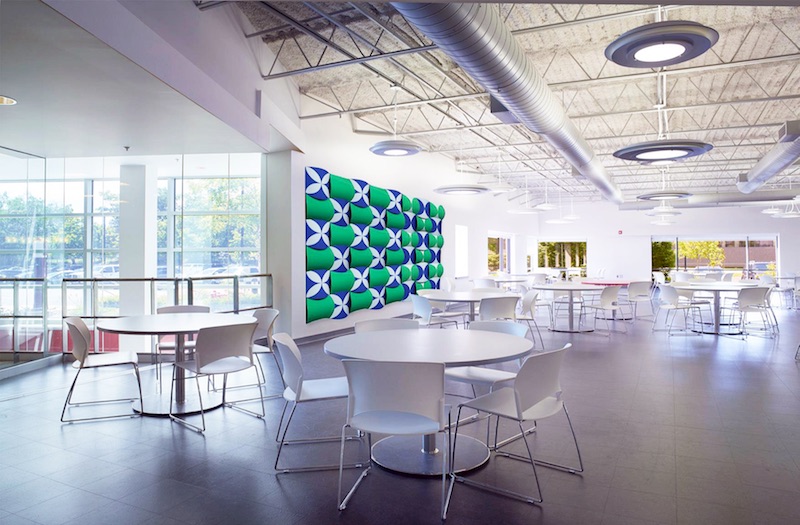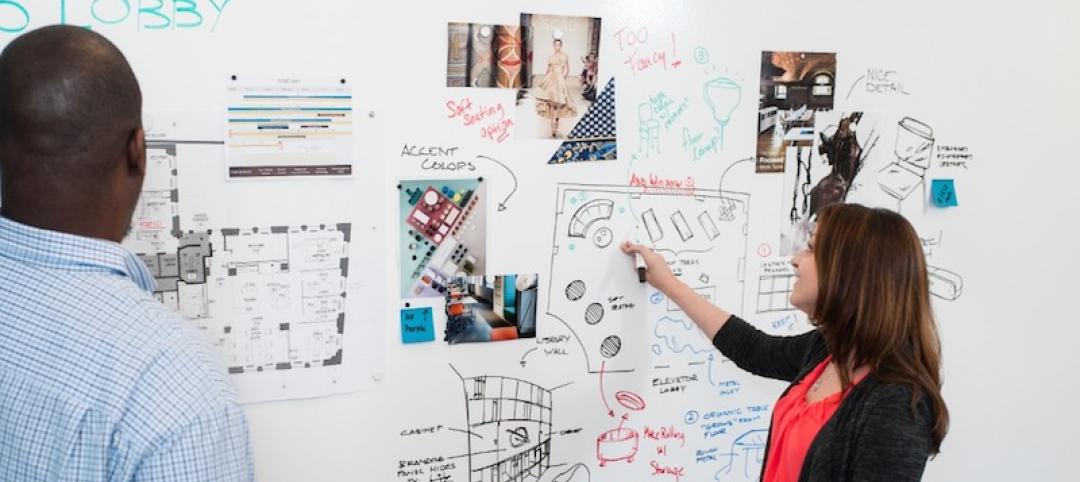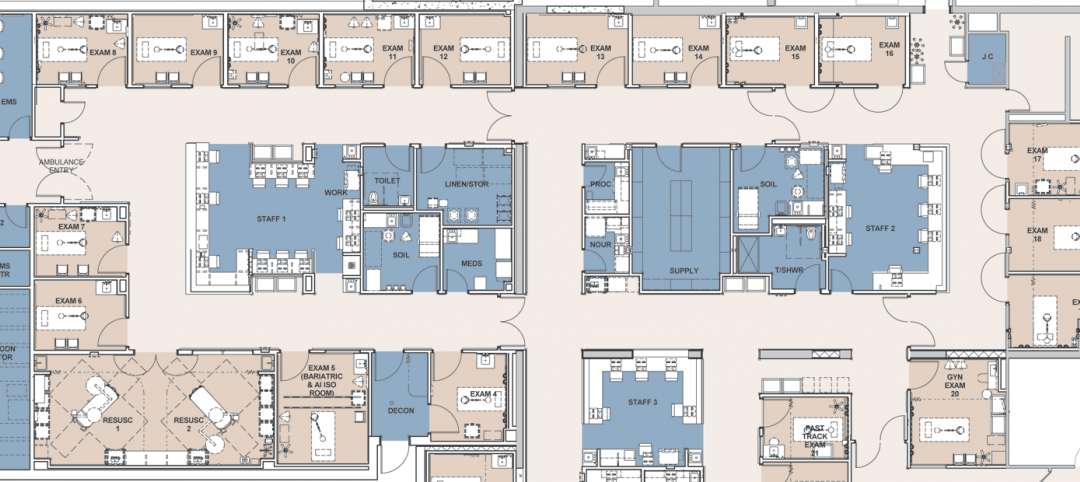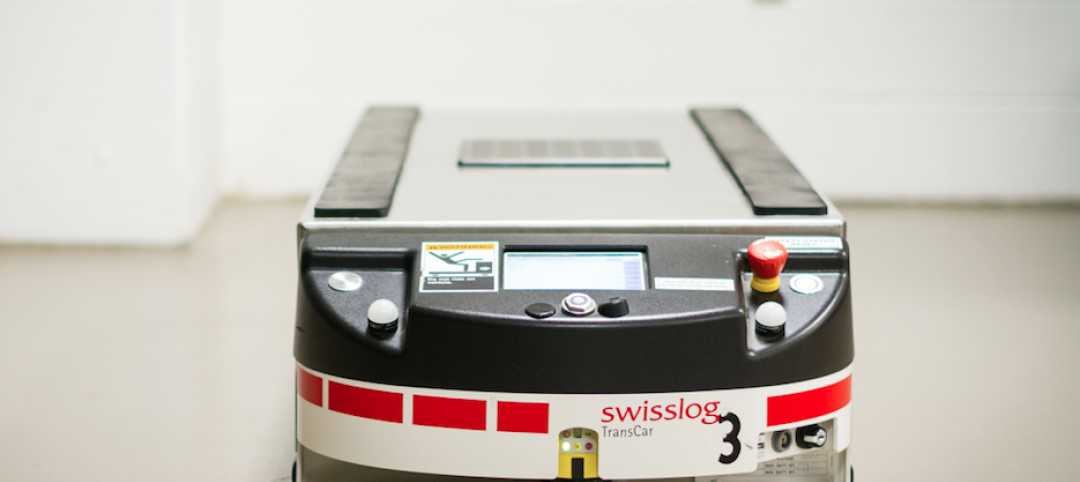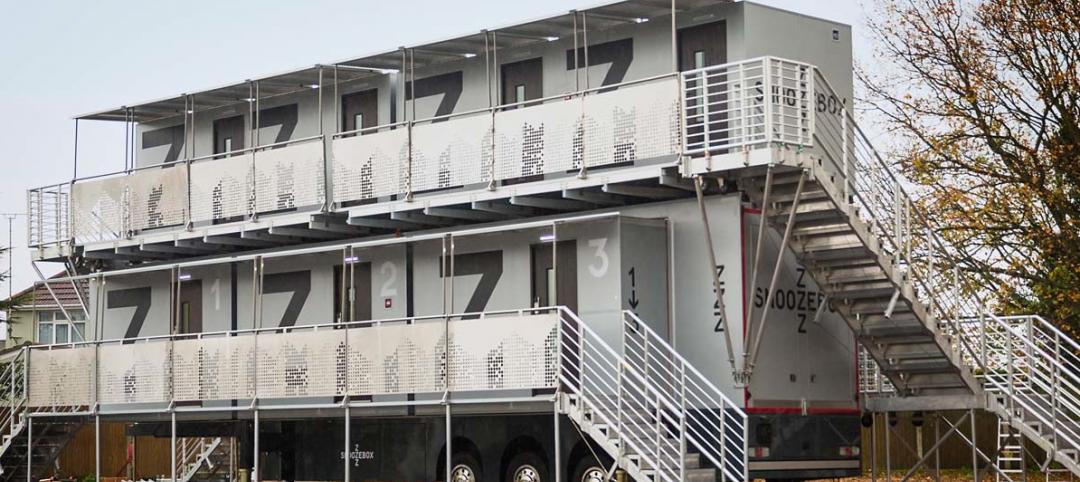When it comes to the building of the future, every material used in construction needs to pull its weight. For a building to become as sustainable, environmentally friendly, and as comfortable as possible, there can be no slackers on the materials front.
Take the newest offering from E Ink. Using the same E Ink bi-stable ink technology found in its current line of eReaders and wearables and integrating it with traditional architectural materials, E Ink Prism creates a new way for commercial spaces such as large hotel lobbies, office complexes, and airports to change the aesthetics of the space without resorting to a large LCD or LED screen—and the light pollution and higher energy demands that come with it.
E Ink Prism has a paint-like appearance and a wide-ranging compatibility with various materials and shapes that make it highly suitable for architectural applications. E Ink Prism comes in seven different colors—Voyage (dark blue), Daydream (cyan), Blush (red), Sprout (green), Zest (yellow), Harvest (brown) and Waltz (black)—and can be sized to be compatible with most configurations, patterns, and materials.
The film can be programmed to dynamically switch colors in nearly any pattern, shape, speed, and sequence. During these visual changes, E Ink Prism only requires ultra-low power and never requires the use of electrical outlets. The film does not provide any illumination and, as with paint, its visibility is based on ambient light.
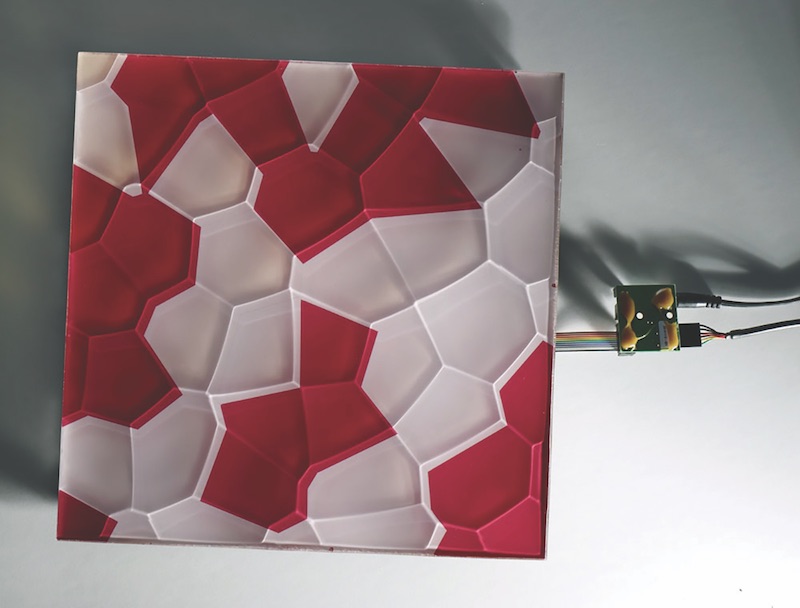 Courtesy of E Ink.
Courtesy of E Ink.
Recent developments are beginning to point to a much more utilitarian future for paint. Researchers at RMIT University, Melbourne, have developed a paint that can absorb water vapor and use solar energy to split it and generate hydrogen. Hydrogen, which is often referred to as the cleanest source of energy, can be used in fuel cells or in conventional combustion engines as an alternative to fossil fuels.
The paint contains synthetic molybdenum sulfide, a new material that acts as a semiconductor and catalyses the splitting of water atoms into hydrogen and oxygen, according to RMIT. All that is needed for the paint to produce fuel is solar energy and moist air.
Applied to a brick wall of a building, the paint instantly converts the wall into an energy-harvesting, fuel-production space. Areas with humid climates provide ideal applications for the paint. But its developers say the material can also be used in applications in very dry, hot climates near oceans. As the seawater is evaporated, the paint will absorb the vapor and produce fuel.
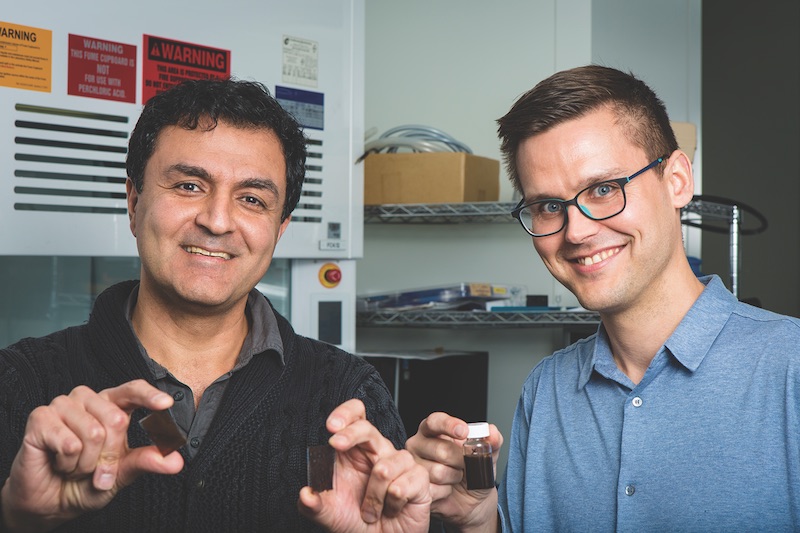 Courtesy of RMIT University.
Courtesy of RMIT University.
Related Stories
Great Solutions | Jan 7, 2016
Bacteria-killing paint and magnetic wallcovering highlight innovations in surface materials
Sherwin-Williams recently introduced Paint Shield, the first EPA-registered microbicidal paint that kills virtually all infection-causing bacteria after two hours of exposure on painted surfaces.
Great Solutions | Jan 6, 2016
Shepley Bulfinch develops elegant design solution to address behavioral issues in emergency departments
ED scheme allows staff to isolate unruly patients and visitors in a secure area.
Great Solutions | Jan 6, 2016
All-encompassing farming kit can provide communities with a sustainable food supply
Several manufacturers partnered with the group Farm from a Box to develop an off-the-grid farming solution for communities, all without the need for outside help.
Great Solutions | Jan 4, 2016
Toronto’s newest hospital employs 10 robots for moving food, supplies, and equipment
The 1.8 million-sf Humber River Hospital is loaded with high-tech gadgets. Its coolest innovation is the use of automated guided vehicles.
Great Solutions | Jan 4, 2016
Snoozebox’s portable hotel rooms make outside events more livable
Since 2011, the London-based company has thrived by creating portable hotels that are set up for the duration of open-air events (or longer), and offer many of the comforts of conventional hotels.


